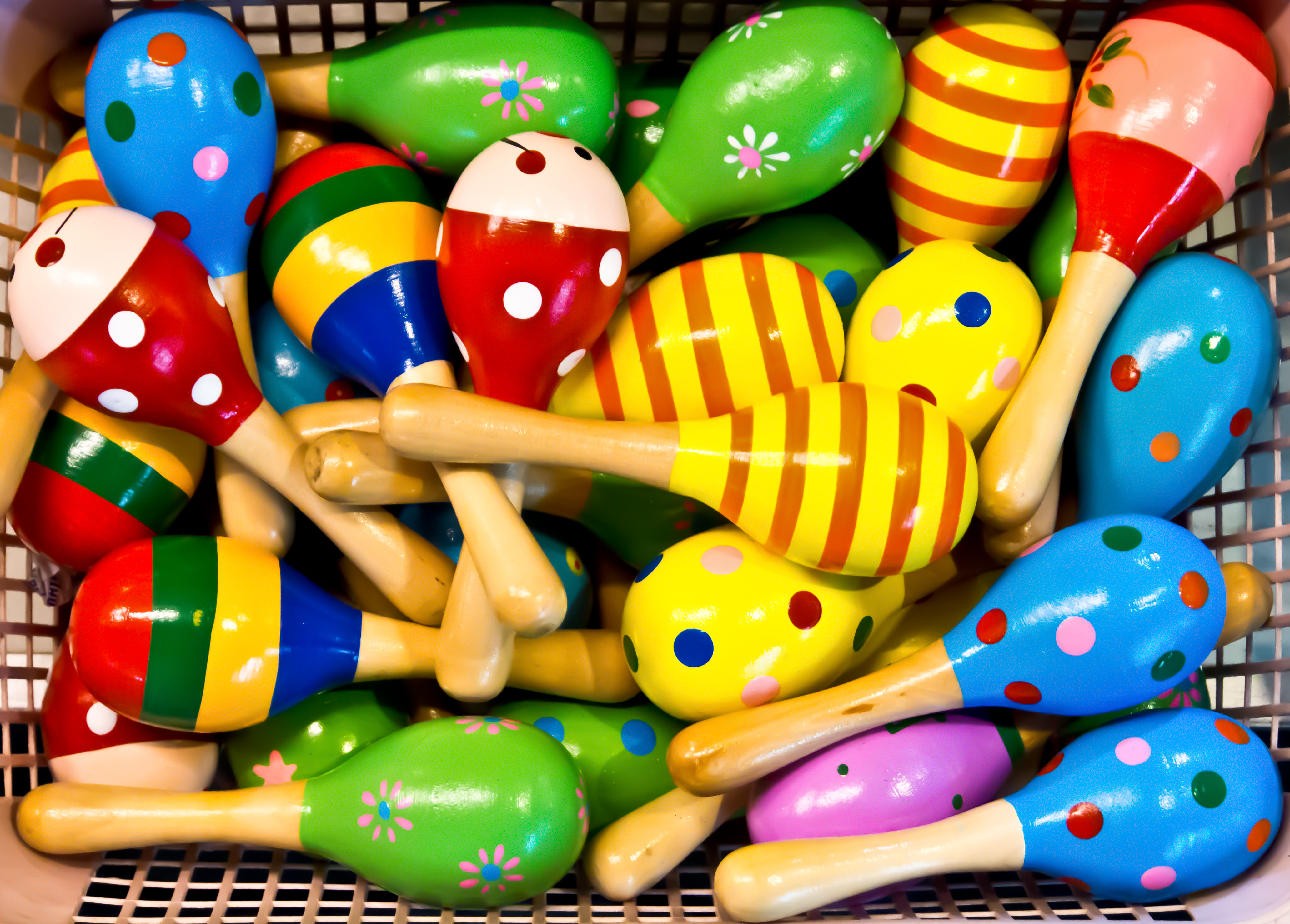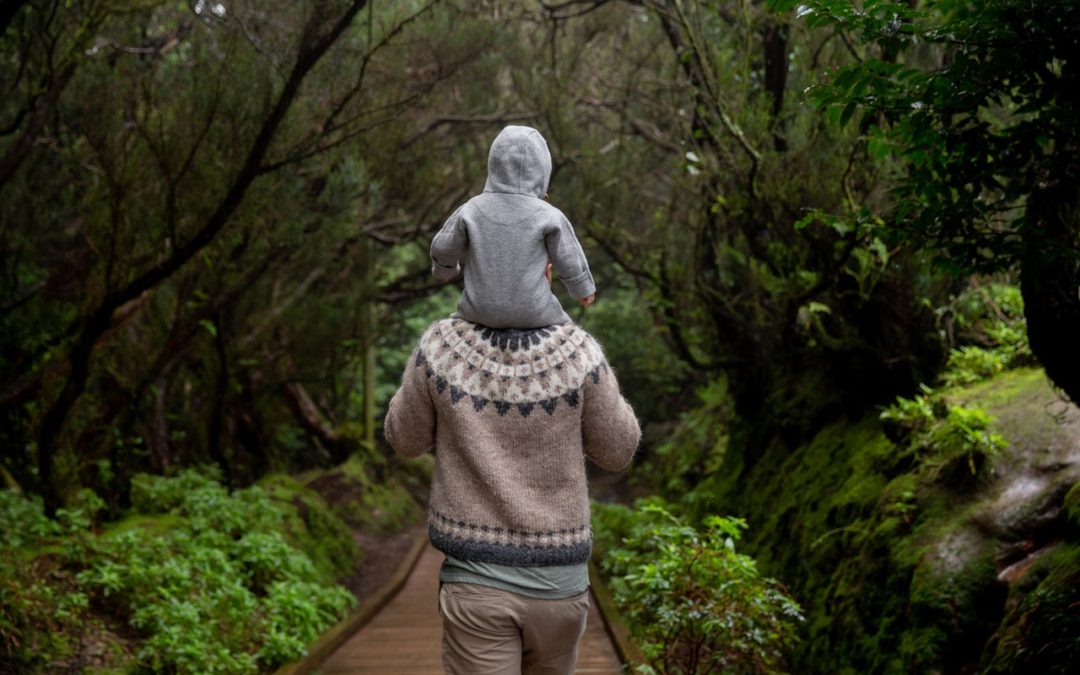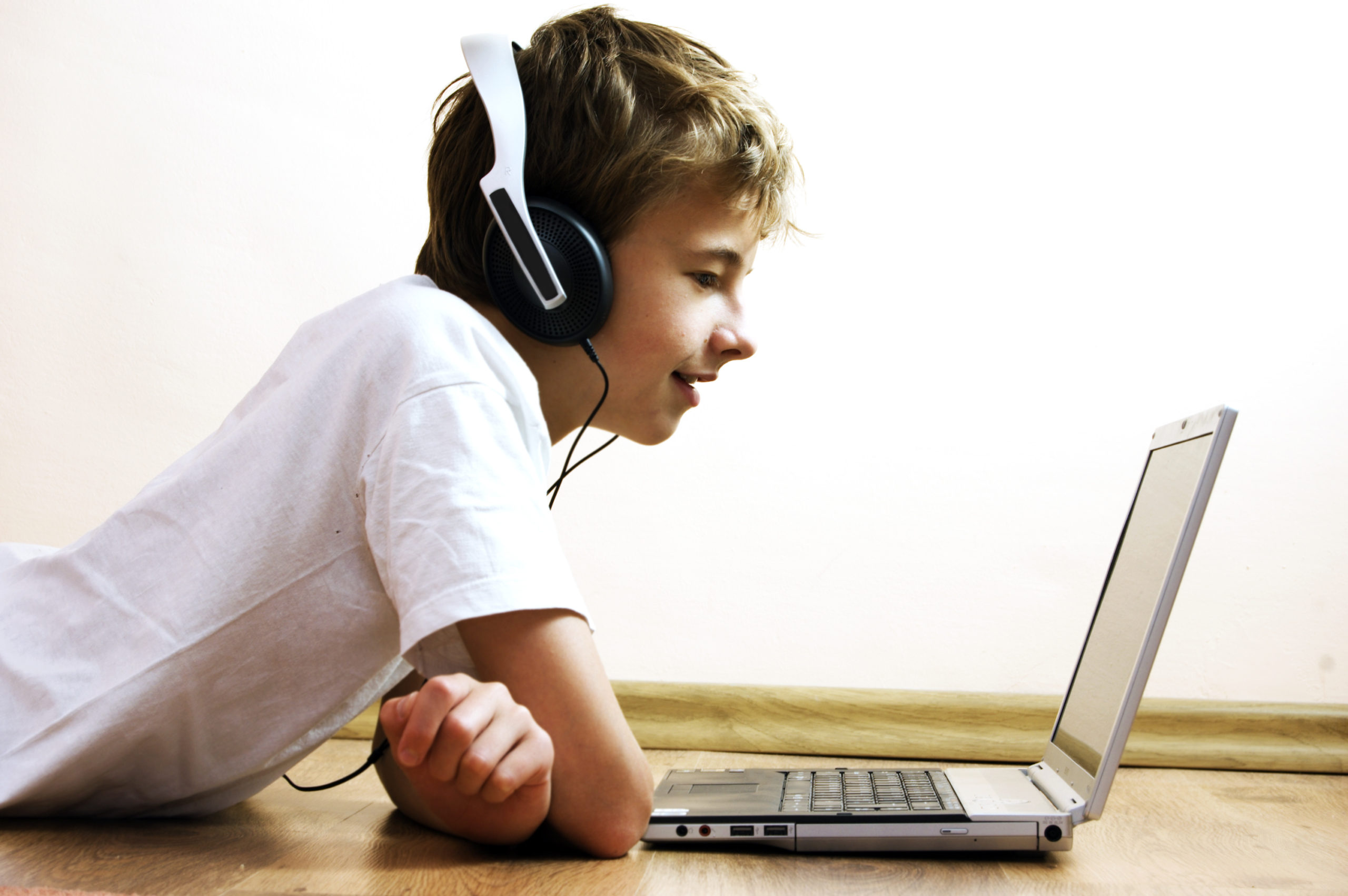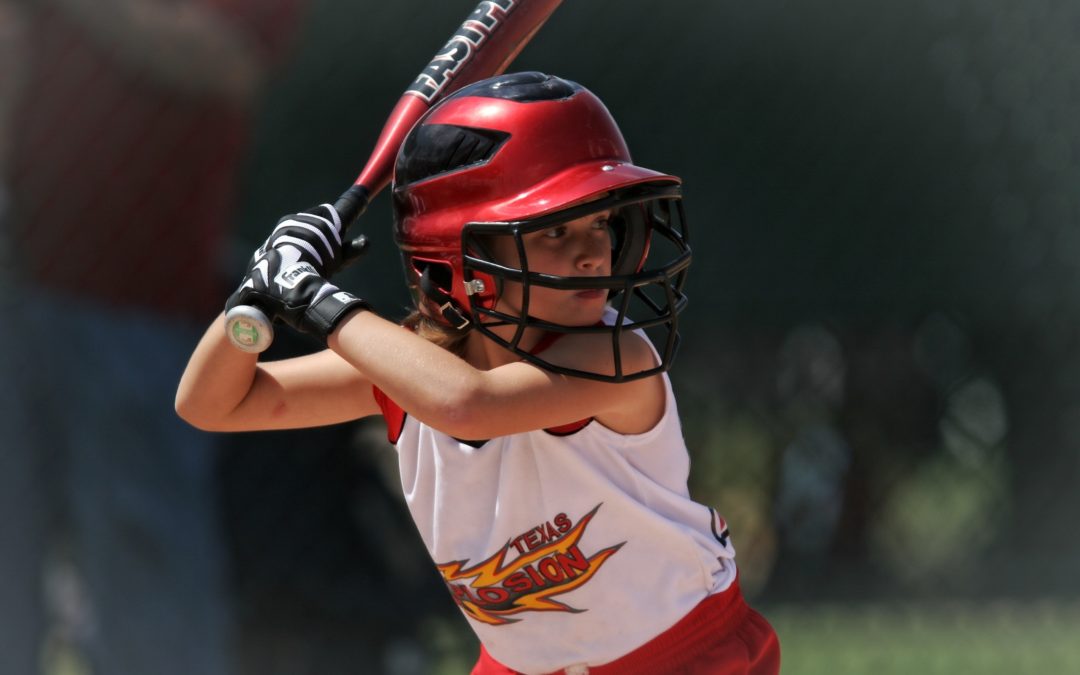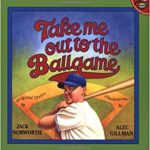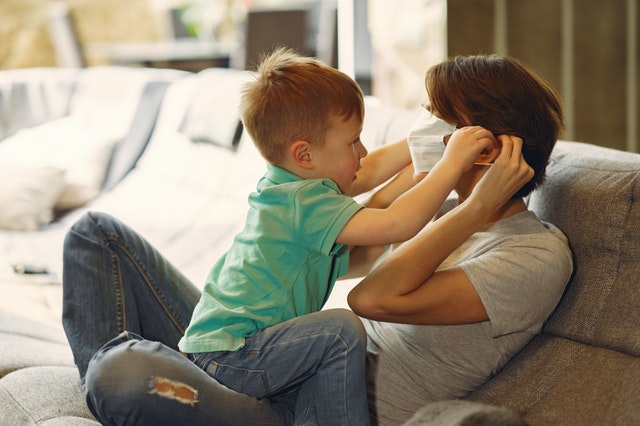
Masked Communication: Helping Young Children
Young children look for emotional cues from caregivers to help interpret the environment. They rely on their caregiver’s facial expressions, tone of voice, and body posture to identify and understand emotions. There is much controversy on mask-wearing and at what age do children need to be masked in public. Regardless, our young children are being exposed to environments where they many times cannot see the bottom portion of the other person’s face, causing difficulty for them to fully understand what is being communicated. In some cases, they are having a difficult time socializing with their peers, which is especially frustrating for them.
Below are a few ideas and tips for helping children identify emotions when your face, your most expressive feature, is covered by a mask. Use these strategies to let children know that behind the mask, a kind and warm expression is still there!
- Practice emotional expressions with a mask on in front of a mirror. Pay attention to facial cues that can be seen, body movements, and hand gestures.
- Incorporate some simple ASL when teaching emotions. Here is a video to get you started:
- Direct children to look at your eyebrows, eyes, body movements, and gestures when talking about emotions. For example, “Look, I am happy. You can’t see my mouth smile, but my cheeks lift up, my eyes crinkle, and my shoulders and arms look like this.”
- Increase the use of gestures throughout the day and when talking about emotions (e.g., shoulders shrugged for sad, arms out to indicate a happy mood).
- Talk about your feelings as much as possible (e.g., “I am feeling happy that it is almost time to go outside and play.”; “I am feeling sad that it is raining right now.”; “I am feeling excited that we have a new toy in centers today.”).
- If using an emotion check-in, encourage all adults in the classroom to participate and check-in when the children do.
Click here for “This is How I Feel Today” visuals.
- Be sure to face children and remain nearby when talking to them while wearing a mask. Wearing a mask muffles the speaker’s speech, which can make it more difficult to understand what is said.
- Provide an activity for children to practice wearing a mask and making different faces while looking in a mirror or at each other. Point out how their face looks (e.g., eyes, eyebrows).
If your child is experiencing a difficult time with the many changes COVID-19 has created feel free to use the Contact Us Link to speak with one of our therapists. We have many services that might be helpful.


